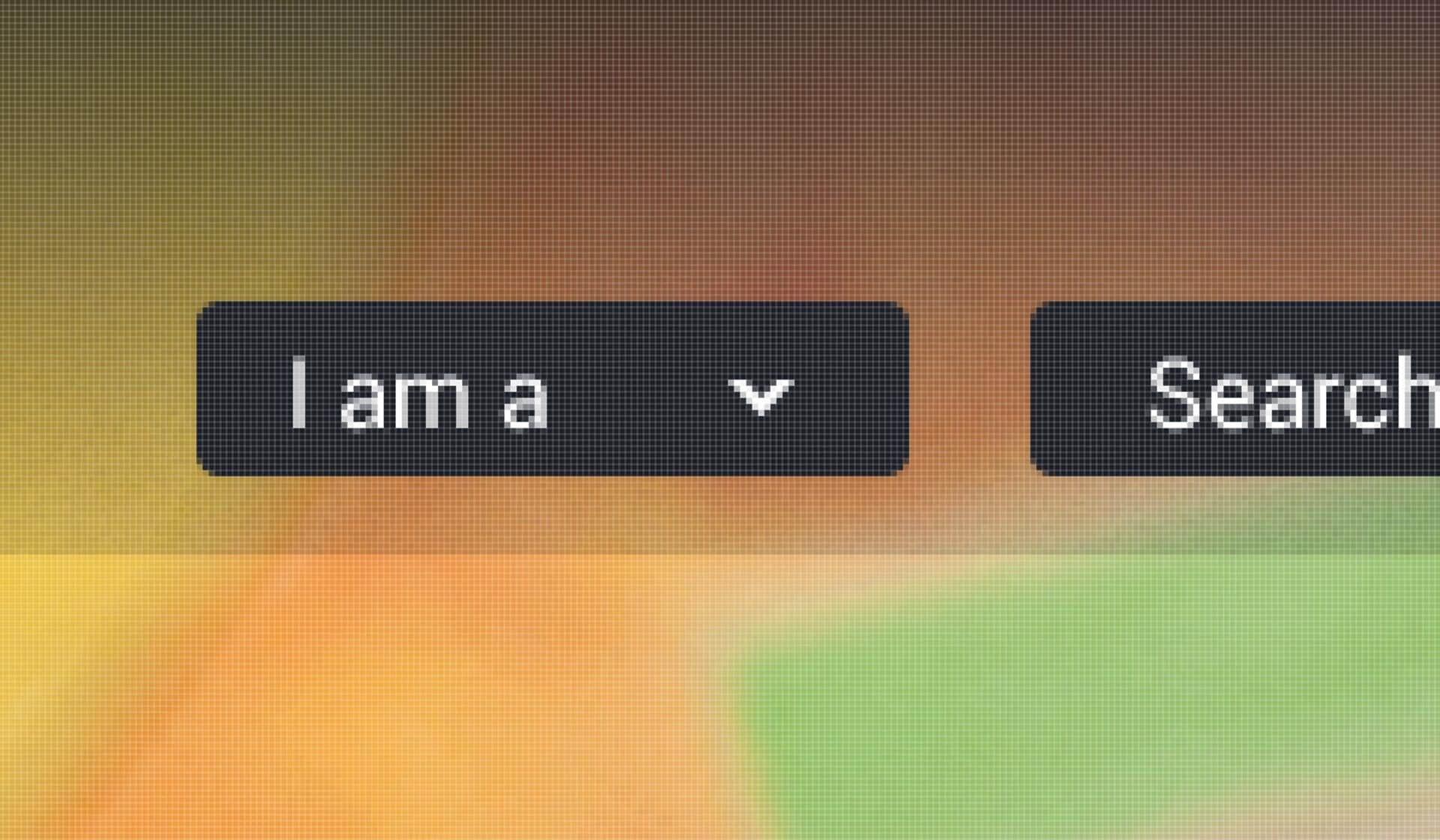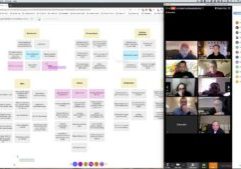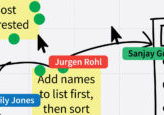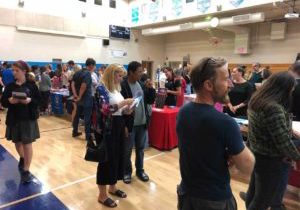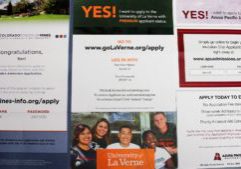I had a "yes, but..." reaction to this Bart Caylor post on website navigation: should your website use a navigation based on audiences or departments? Bart is correct that neither are sufficient for some very compelling reasons, and then goes on to describe his own methodology.
I'm mostly in agreement but I err on the side of consistency – any navigation scheme should be familiar to users. Like it or not your website is one of many that prospective students are visiting and the last thing you need is to be the school with the unconventional navigation (I tried it once, never again). Audiences are not easily packaged (and there are too many to make a complete web presence useful) and academic departments are a small part of the visit experience.
So, don't organize your website around audiences or departments, but do recognize the value of audience landing pages for specific groups: prospective students (undergrad, transfers, international and grad), parents, and some others (alumni). These pages, when designed and built correctly, will function as their home page. It's the page they'll spend most of their time on if you've curated for them properly.
These landing pages should provide all of the information needed by an inquiring prospective student, organized in the order needed to support the entire research and application cycle, and link to information better held elsewhere. So, show tuition and fees and a calculator, and link to more info on the finaid and degree program pages.
A few years have gone by since university websites were organized this way, but it was commonplace. Partly this was due to faculty believing this what prospective students cared about (not really) and partly this was due to what we used to call "navigation by org chart" applied to a university website. The thinking was that the website should reflect the underlying organization, in this case a university made up of academic departments. (Also some flawed assumptions about what prospective students care about.) It turns out that prospective students don't want to navigate that way - mostly because the major/degree program isn't their first priority (it's tuition). Yes, they want to see your program pages, and these are critical (but that's another post). But their first forays into your web presence are all about information gathering: how much are tuition & fees, what percentage receive aid, 4 year grad rate, etc.
This information should be your priority. Provide it easily, early on in the process, and all in one place so that it can be bookmarked. And recognize that 1) they are comparing your information and presentation to 20 or more schools in very a concentrated period, and 2) they’ve become adept at shopping for bargains, but they’re like anyone else – a bargain isn’t the only thing they’re after. They're also receptive to your brand expression, so don’t present them with a dry, form-like experience.
Things to watch out for
You don’t have enough content to make this a worthwhile experience for your users. You may not have a great deal of content geared specifically for prospective students, focused on this part of their exploration of your school. In this case it’s best to consider why that is. But you don’t want to spray links on a page and call it a landing page. You’re looking for the right balance of functionality (quick access to facts, dates, actions) and a bit of storytelling to reinforce your messaging, along with additional info that is relevant.
Overly redundant content. It’s perfectly fine to use content more than once - for example, your cost calculator can appear in your tuition & fees content and on your landing page. But – and this is critical – don’t change the content or appearance in any way. Copy, graphics, functionality should remain consistent across all instances of this content. Why is this so important? Users need reassurance that this content that they may recognize from another experience with your website is exactly the same content. Any deviation in its appearance or language will cast doubt about the veracity of what they’re reading. Is this version of this content the correct version? Or the other version?
So don't make the mistake of chasing some old-school or novel navigation, stick to what works. And concentrate your efforts on building world-class landing pages. Your audiences will be grateful.
